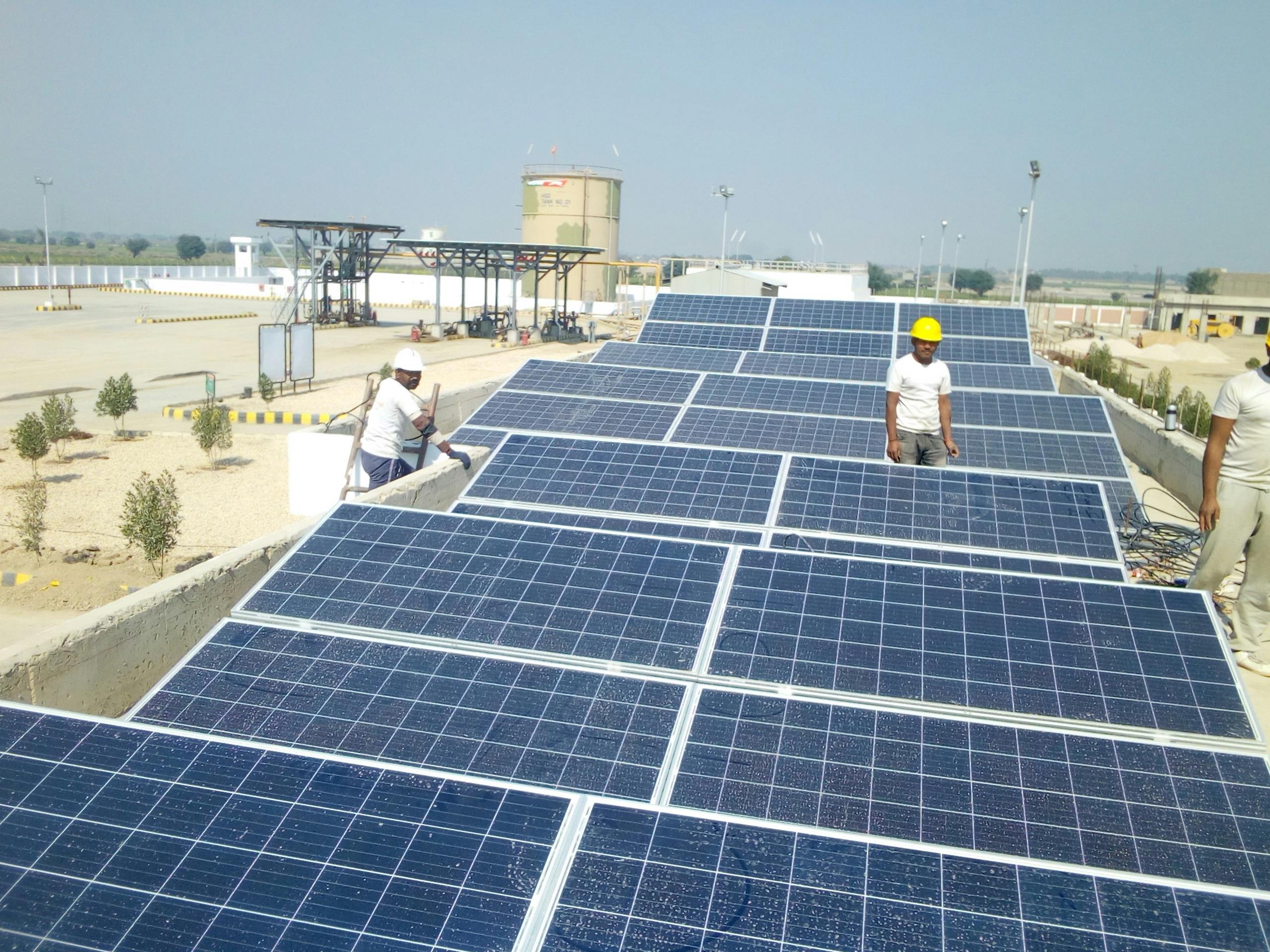Driven by favorable factors like falling module prices, stable exchange rate, and lower cost of capital aided by a likely cut in interest rates, the per MW cost for solar is likely to drop by 10-12% this year, but matching timely execution with optimum quality will be a challenge for developers if these factors do not come into play.

Impact of Falling Solar Tariffs
Falling solar tariffs have certainly buoyed the Indian solar industry, and solar installations are expected to grow at a rapid pace this year. The recent bid of Rs 2.97/KWh for the Rewa mega project has created a new benchmark for the solar sector.
Growth and Future Projections
We have already crossed 10 GW in terms of cumulative installed solar capacity, and another 8-10 GW is likely to be added this year alone. To achieve the ambitious target of 100 GW by 2022, 15-20GW needs to be added every year.
Key Factors Affecting Solar Costs
Most of the tenders have an execution period of 12-18 months, so the current tariffs are based on the upcoming installed cost of solar, which in turn depends on three major factors—module prices, cost of capital, and exchange rate.
Challenges in Execution and Pricing Pressure
In this scenario, the per MW cost for solar is projected to drop by 10-12% this year. This is a welcome sign for industry players, but it may also put tremendous pressure on them if these factors do not come into play.
Rising Demand and Industry Trends
We expect a lot more tenders for solar power, both in CAPEX and RESCO models, and an increase in demand from the industry. But this rising demand will be accompanied by a strain to reduce prices.
Struggles of Indian Solar Manufacturers
Indian solar module manufacturers, especially the smaller players, are finding it hard to compete. Moving forward, it is going to be very difficult for them to reduce prices as much as their Chinese counterparts.
Market Consolidation and Competitive Landscape
Cashing in on the fast-growing solar market, many small and medium players have forayed into this sector as developers or EPC companies in the last few years. Small developers unable to compete due to falling tariffs are being slowly phased out by larger companies.
Impact on EPC Companies
When it comes to large projects, EPC companies are also likely to face a similar scenario. On the other hand, the number of small projects (1MW or less) is expected to go up as the demand from the industry picks up, giving smaller companies a chance to be more competitive.
Importance of Cost, Time, and Quality in EPC Success
The expectations of reduced costs are rising with falling tariffs. Other than module prices, a reduction in Balance of System (BoS) costs is also expected due to better design of inverters, MMS, foundation, etc.
Challenges in Procurement and Project Management
Timely delivery of projects is another challenge for smaller EPC players. Issues in project management and logistics can result in delay, and developers pass on the heavy penalty to EPC players.
Quality and Skilled Workforce Constraints
Quality is an integral factor when it comes to operating solar power plants for 25 long years, efficiently, economically, and reliably. EPC players are under constant pressure to reduce costs and yet deliver optimum quality.
Increasing Energy Generation and Market Competition
With falling solar tariffs, developers will try to generate more energy to increase the Internal Rate of Return (IRR) and reduce the level of risk on the investment.
Benefits for Indian Consumers
But this is a great time for Indian consumers—industrial, institutional, and residential—to install solar power plants. For industrial consumers, grid parity was achieved in most of the state’s last year, and residential consumers are also likely to achieve it soon.
Financial Benefits and Payback Period
The levelized cost of solar electricity for an industrial consumer is now 25% less than the cost of grid power in most states. The savings from solar, combined with accelerated depreciation benefits, have reduced the payback period to less than four years.
Unrealistic Expectations from Falling Tariffs
One of the drawbacks of falling tariffs for consumers is the unrealistic expectations they create about the cost of solar installations. The tariff of Rs 2.97/KWh in Rewa is for a 250-MW project.
Growing Interest and Future Prospects
Nevertheless, we are witnessing a heightened interest from our industrial customers. We are also working on a special product specifically for residential consumers as we anticipate a spike in demand from the residential category as well.
Share:
Explore More
Keep up-to-date with the most trending news stories that are shaping the world today.







